As I write this blog, I am just 3 days from hopping on a plane to the island of Kauai in Hawaii (don’t hate me).
While there are many things that I love about Hawaii (and Kauai in particular), one of my favorite things is definitely THE FOOD! Kalua pork is a huge favorite of mine along with the Mahi Mahi and the Malasadas (shhh…don’t tell anyone).
Of course, if you have been to Hawaii, you’ve probably had the traditional Hawaiian meal known as the “Plate Lunch”. Or, maybe you’ve just had it at a “Hawaiian Barbecue” place like L & L Hawaiian Barbecue on the mainland.
Just in case you haven’t had the pleasure of a traditional plate lunch, let me give you a quick overview. Now, I’m no expert on Hawaiian culture, but I think I can give you the basics on the plate lunch.
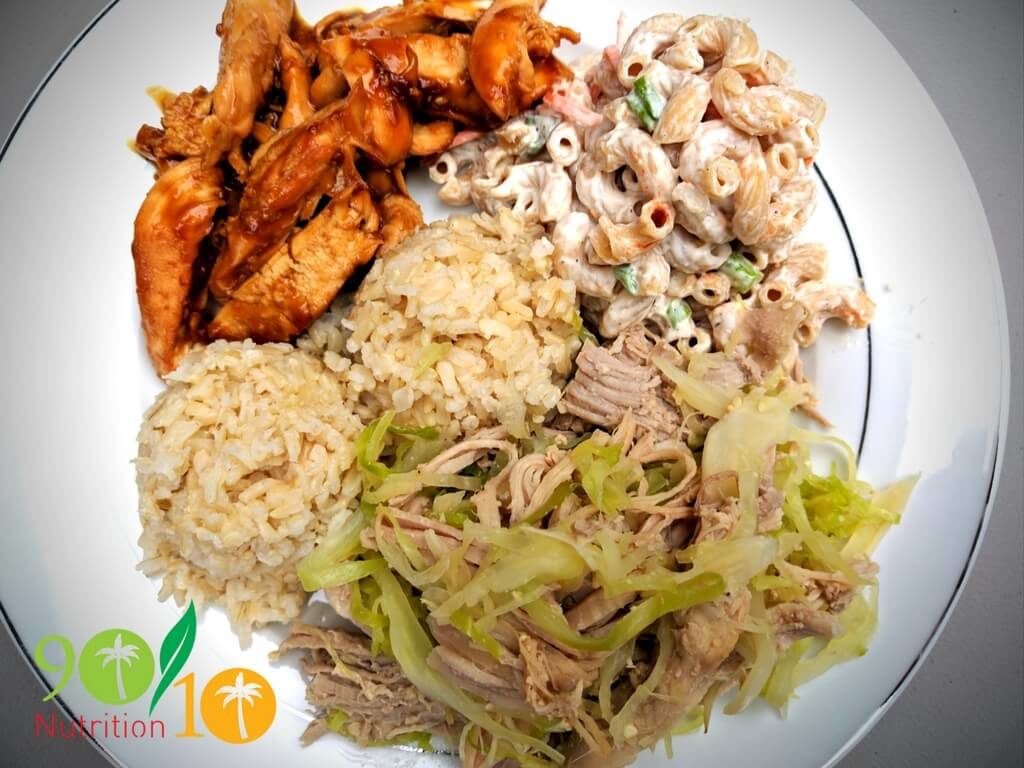
What Is A Hawaiian Plate Lunch?
The Hawaiian Plate Lunch is simple.
⇒Two scoops of rice (traditionally white rice)
⇒1 scoop of mayo-based macaroni salad
⇒1 or more proteins of various island and Asian varieties
The proteins are often things like Loco Moco (a hamburger patty and a fried egg, often with gravy), Kalua Pork and Cabbage, Chicken Katsu, Korean Kalbi, Pork Adobo, Mahi Mahi, and more.
The macaroni salad is a unique style that usually has carrots that add a nice crunch.
History of the Hawaiian Plate Lunch
This is going to be the super quick version of the history of the Hawaiian Plate Lunch.
Essentially, in the late 1800s, the Hawaiian economy was dominated by large plantations (mostly fruit and sugar). The plantations drew much of their workforce from places like China, Japan, the Philippines, Korea, and other places.
The workers would often bring their lunch in a tin (or bento box) and it would be made up of rice and whatever meat was left over from the night before. The meat varied based upon where the workers came from, but of course it eventually all became part of the local food.
Later, the plate lunch started being served in food trucks to workers and then moved to standalone restaurants and eventually chains like L & L.
Today, some places are even starting to serve healthier versions of the plate lunch with brown rice, salad options, and more options that don’t involve fried food, copious amounts of mayo, or gravy!
Wow. Was that not a perfect segue into our next section full of Hawaiian Plate Lunch recipes that you can make at home?
The Hawaiian Plate Lunch Recipes
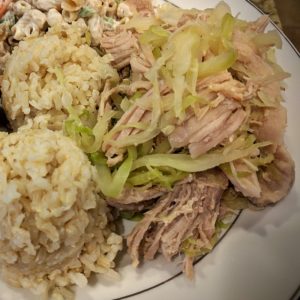
Kalua Pork and Cabbage
Let’s start with my favorite!!! I love Kalua Pork and Cabbage. It’s a Luau favorite and is traditionally made from pork shoulder that is slow roasted in a pit. This recipe is a little less traditional since it uses an Instant Pot (or you could probably use a slow cooker)…but how many of you have a giant pit in your backyard for roasting entire pigs under palm branches? I know I don’t. We also use a pork loin roast for this and it still comes out amazing.
Teriyaki Chicken
Teriyaki is another favorite that you can find at most Hawaiian lunch places as well as quite a few other mall food courts. It’s pretty simple to make either in the oven or in the Instant Pot.
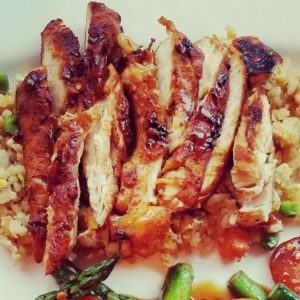
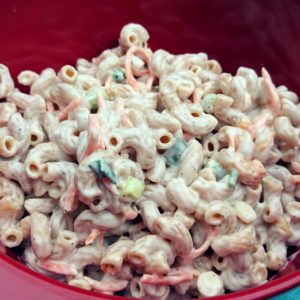
Macaroni Salad
Traditional Hawaiian Macaroni Salad uses standard elbow pasta and a load of mayo. We used 100% whole grain elbow pasta and lowered the mayo content by replacing most of it with greek yogurt. It seems to give it a bit more of a tangy flavor but I still loved it and it’s much healthier than the more traditional way.
Sticky Brown Rice
Your rice doesn’t have to be “sticky” to use it in a plate lunch, but it’s more authentic that way. The trick to sticky rice is a bit more water and more cooking time so it absorbs more water. I usually use about 150% of the water recommended by the cooking method I am using. See the recipe for more.
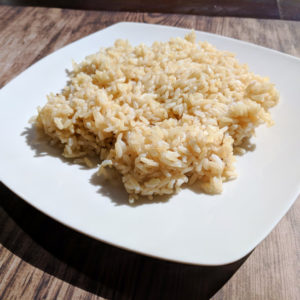



Comments (2)
I love Kauai
I do, too! It’s so amazing there.